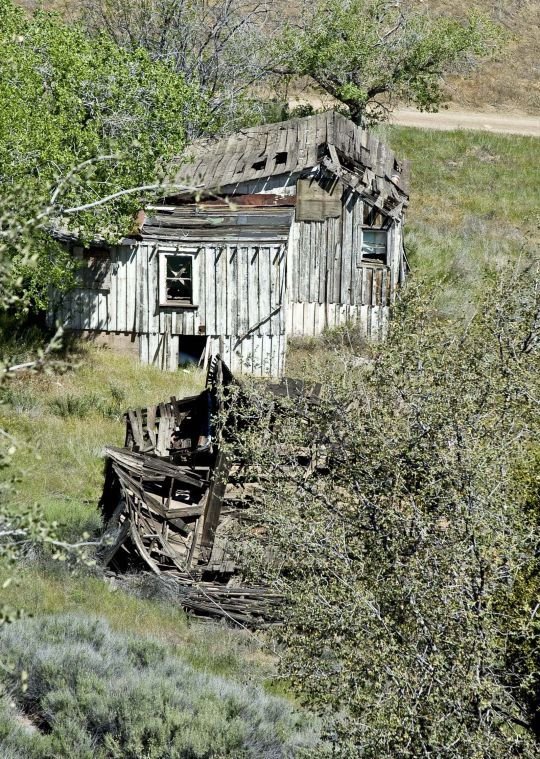Many of my favorite adventures began on the sofa with a map. I see a vast blank region crossed by a single lonely road and wonder: “What the heck is out there?” One day, the lure is too great to resist and I go. The experience is always so much more than just another Sunday drive.
New Idria has a great deal of lore that adds to the allure of its remote location in the southern Diablo Range. At one time, it was the second richest quicksilver mine in the United States (New Almaden in south San Jose was the richest) producing thirty-eight million pounds of mercury from 1854 to 1972. “Up and Down California,” William Brewer’s wonderful journal of the California Geological Survey, gives a vivid account of Brewer’s visit in July 1861. New Idria and the surrounding mines hummed with activity. Hundreds of Mexican, Chilean and Cornish miners, stripped to the waist, worked miles and miles of underground shafts. Despite the torrid heat and horribly toxic environment, excellent wages drew plenty of men.
All that remains is a ghost town of more than 100 buildings, but it’s so polluted that the EPA has declared New Idria a Superfund Site and has taken measures to limit mercury contamination in downstream creeks.
I’ve visited Panoche Valley before, an unusual outpost along the way to New Idria, and I had made an energetic pitch to Renée and my friend Libby to entice them to come along. We knew it would be a long day in the car, but we were excited at what surprises we might discover.
Directions are simple: From Highway 101 at the south end of Gilroy, take Highway 25 to Hollister. At Paicines, twelve miles south of Hollister, turn left on Panoche Road and go, go, go. Thirty miles of country road leads to Panoche Valley, a hauntingly vast and barren plain tucked in the Coast Range just before it gives way to the Central Valley. South of Panoche, we turned onto New Idria Road. This paved but rugged road traces a remote canyon – forested mountains on one side, barren hills on the other – another twenty-five miles to the ghost town.
We drove through New Idria past dilapidated homes and rusting mining buildings to an overlook above the town. Turning from the town view, I look toward a pickup truck descending the road above us. Intrigued by what might be hiding up there, I flagged them down. The couple inside had ridden Clear Creek Road over the mountains from the other side. These two people were as relieved and giddy as if plucked from the jaws of death at the last minute. They gave an animated account of their “Where-the-hell-are-we? We’re-gonna-die-here” crossing that cooled any curiosity I had to investigate.
Back at the Panoche Inn, a watering hole not be missed, we grabbed a Frisbee full of peanuts and sat at a table outside. As we steeped in the warm and peaceful shade of a large sycamore tree, each of us acknowledged a pleasantly strange feeling. In Panoche Valley and New Idria, we had a palpable sense that we had crossed over into a different world farther from home than the miles we had travelled.
Correction: In my last column, I described a non-fee entrance to Rosendin Park at the very end of Holiday Drive in Morgan Hill. I have since learned that Holiday Drive and the roads in Holiday Lake Estates are private roads for the private use of the association. The only public access area to the park is from the boat launch area on Cochrane Road.












